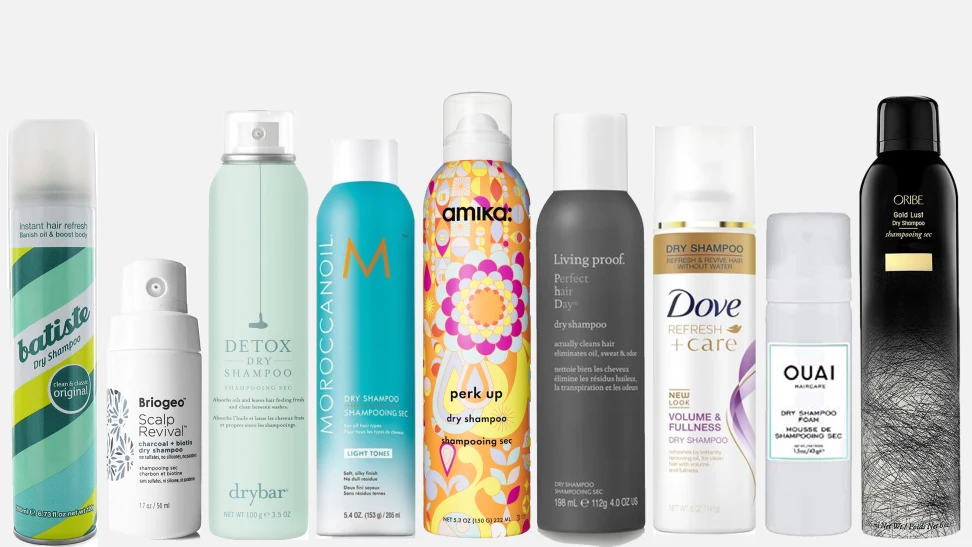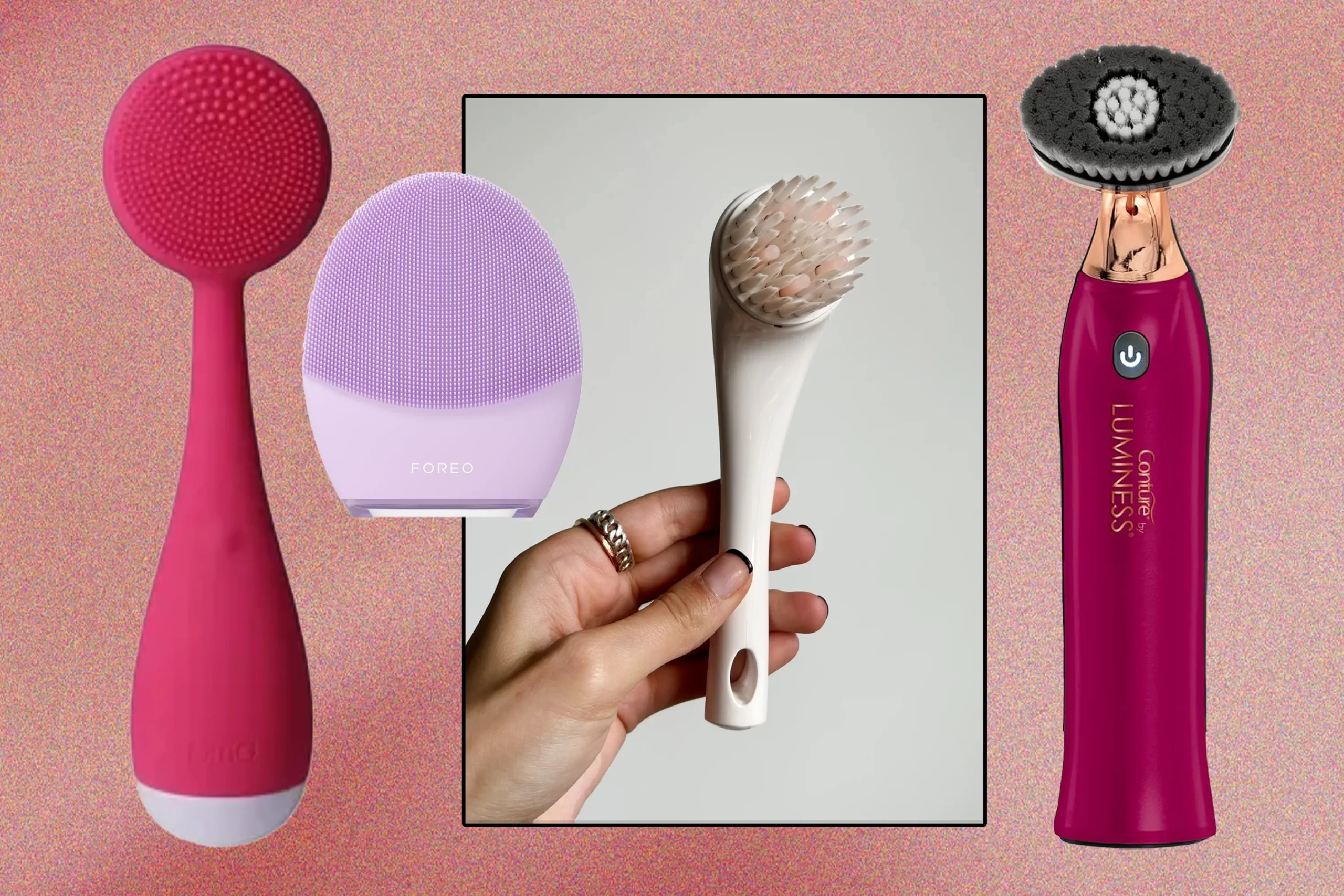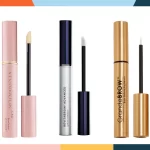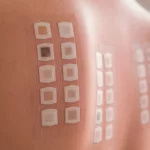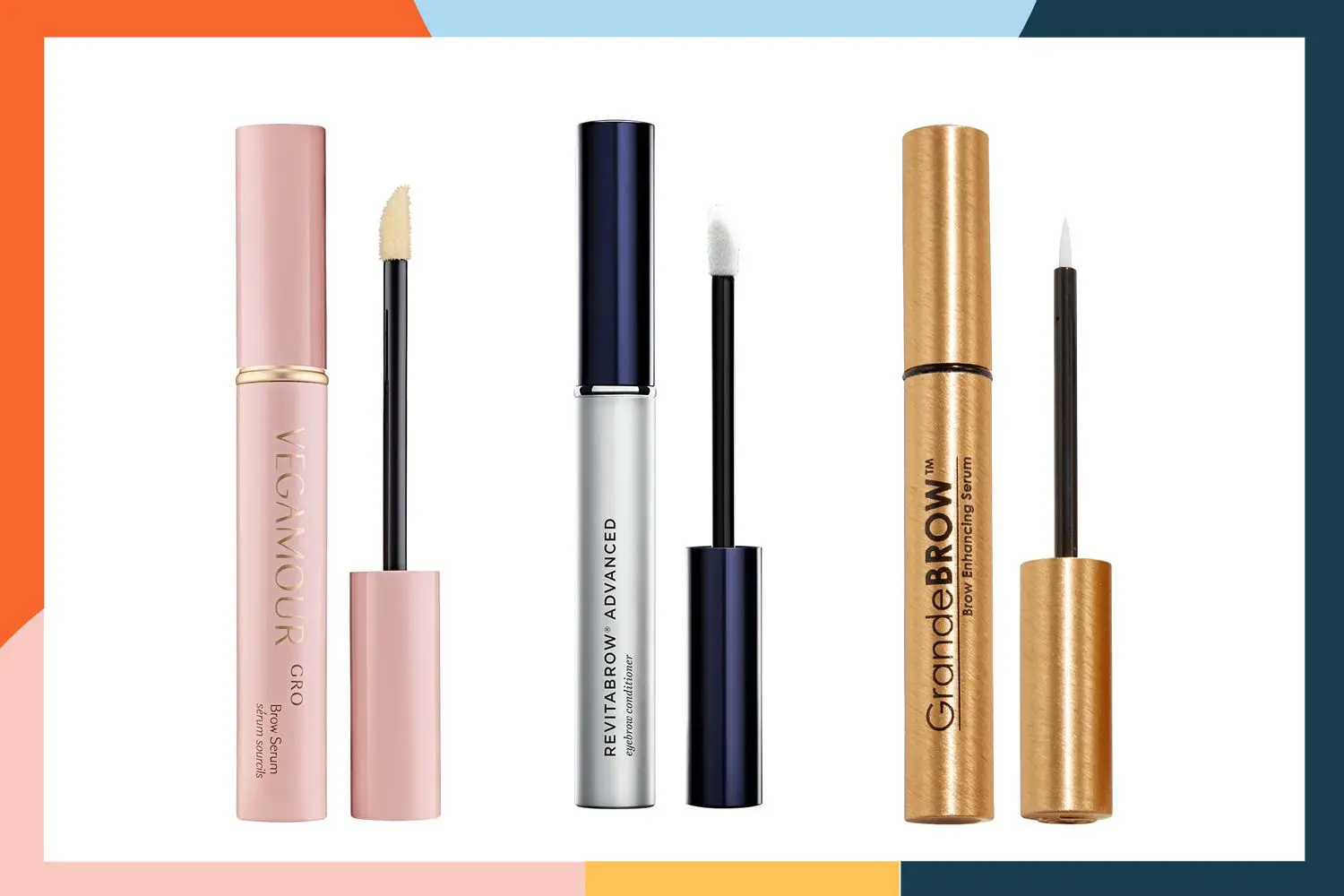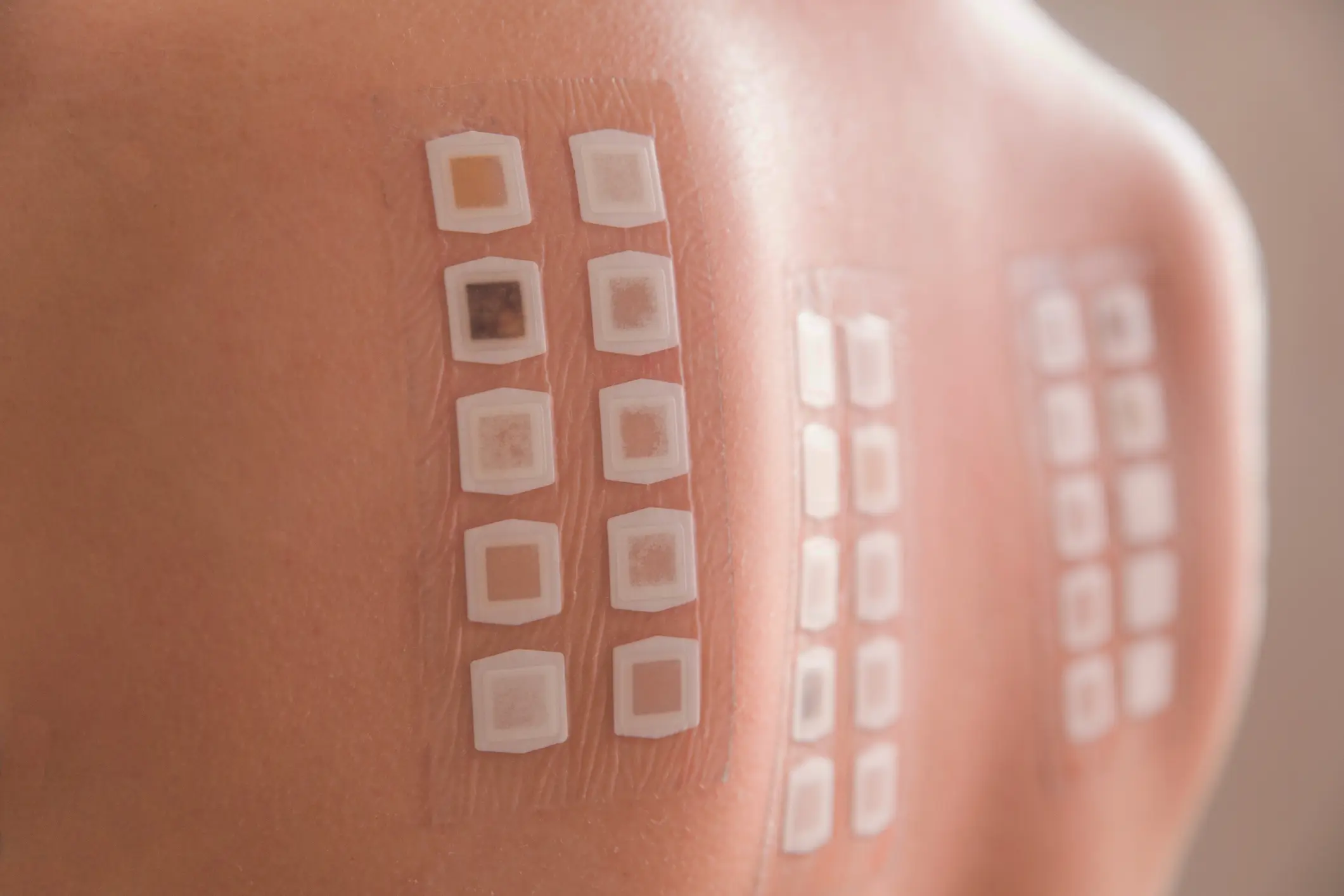Dermatologist-recommended dry shampoo helps absorb oil and refresh hair, but should not replace regular washing. Lightweight formulas like rice or oat starch are safest and reduce residue or irritation.
Proper use and moderation prevent scalp issues, making it a helpful addition to a balanced routine.
DermOnDemand, led by Dr. Hannah Kopelman, offers expert insight into how a dermatologist-recommended dry shampoo can fit into your hair care routine. This guide explains what makes these products safe, effective, and practical for scalp and hair health.
Key Takeaways
- A dermatologist recommended dry shampoo is a safe way to refresh hair between washes, but it should not replace shampoo and water for full cleansing.
- The safest options use lightweight powders, such as rice or oat starch, that absorb oil without leaving residue or irritating the scalp.
- Dermatologists often recommend products tailored to hair type, such as formulas for oily, colored, or curly hair.
- Using dry shampoo correctly, spraying at the roots, waiting, and brushing through, ensures it absorbs excess oil and adds volume without buildup.
- Overuse can irritate the scalp, so dermatologists advise limiting dry shampoo to a few times per week as part of a balanced hair care routine.
Do Dermatologists Recommend Dry Shampoo?
Dermatologists recognize dry shampoo as a useful option when you cannot wash your hair with shampoo and water. It helps absorb oil and refresh the hair between washings. However, they stress that it should complement, not replace, traditional shampooing.
Why dermatologist-approved dry shampoo matters: these products are tested for safety and effectiveness. They reduce buildup, avoid harsh ingredients, and protect both hair and scalp health. A dermatologist can guide you in selecting one that matches your specific hair type and needs.
Whether dry shampoo is safe for hair depends on its use. Occasional application helps manage oily hair and maintain freshness after workouts or busy days. Overuse can lead to buildup that irritates the scalp, so moderation is key.
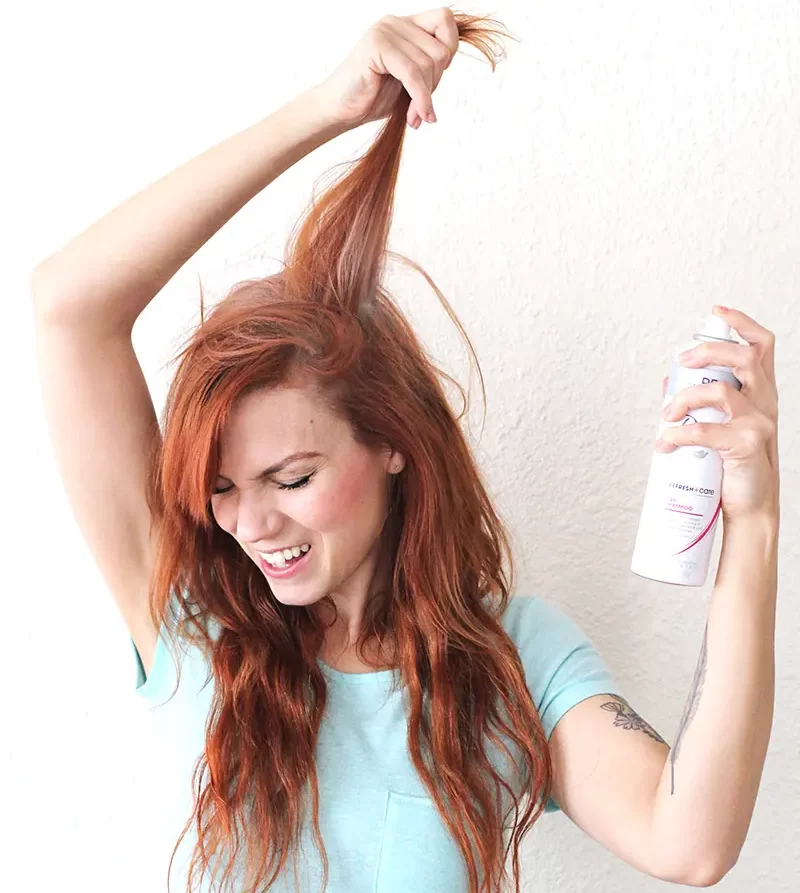
How to Use Dry Shampoo Properly
Using dry shampoo on hair is simple, but it requires the right technique. Follow these steps:
- Shake the can of clean dry shampoo.
- Hold it about six inches from the scalp and spray lightly at the roots.
- Wait a few minutes for the formula to absorb excess oil.
- Massage into the scalp and brush through for even distribution.
Mistakes to avoid include spraying too close, using too much, or skipping brushing afterward. These errors can leave residue, making hair color appear dull. Applying only where needed, such as the crown or part line, ensures a natural finish that can even add volume.
Safest and Best Dry Shampoos
What is the safest dry shampoo to use?
The safest dry shampoo is one that uses simple, lightweight ingredients to refresh hair without irritation. Invisible dry shampoo with rice starch or oat starch absorbs oil while leaving no visible residue. These formulas are gentle on the hair and scalp, making them a safer choice for regular use.
Examples of safer options include:
- Batiste Invisible Dry Shampoo – leaves no white cast and works for most hair types.
- Klorane Dry Shampoo with Oat Milk – designed for sensitive scalps and gentle daily use.
- Living Proof Perfect Hair Day Dry Shampoo – mimics traditional shampooing by cleaning while it absorbs oil.
Best dermatologist-recommended dry shampoo.
The best dermatologist-recommended dry shampoo refreshes hair quickly and protects scalp health. These products absorb excess oil, extend the time between washings, and avoid the use of harsh additives. A dermatologist-approved option supports various hair types without disrupting natural scalp balance.
Examples dermatologists often recommend include:
- Batiste Dry Shampoo Original – affordable, effective, and widely available for oily hair.
- Oribe Gold Lust Dry Shampoo – absorbs excess oil while protecting hair color and adding volume.
- Amika Perk Up Invisible Dry Shampoo – a clean dry shampoo that works well on curly and fine hair.
For an oily scalp
For people with oily hair, a clean, dry shampoo that absorbs oil efficiently is most effective. Products with lightweight starches work best, keeping hair manageable for longer periods between traditional shampooing.
For colored hair
A dermatologist recommended dry shampoo for colored hair, which is designed to protect hair color. These formulas refresh roots without stripping pigment, making them a practical addition to a hair care routine for dyed hair.
For curly hair
Curly hair requires a moisture balance. A dermatologist recommended dry shampoo for curly hair refreshes without drying, preserving texture and definition. It works as a gentle hair texturizer, extending styles without frizz.
Benefits and Limitations of Dry Shampoo
The benefits of dry shampoo include:
- Helps maintain scalp and hair freshness between washings.
- Absorbs excess oil, keeping hair light and manageable.
- It can add volume and texture, useful for styling.
- Extends the time between washes, protecting fragile hair types or colored hair.
Limitations exist. Dry shampoo does not clean as thoroughly as shampoo and water. Overuse can clog follicles, irritate the scalp, or leave residue. For long-term hair and scalp health, it should be part of, not the center of, a balanced hair care routine.
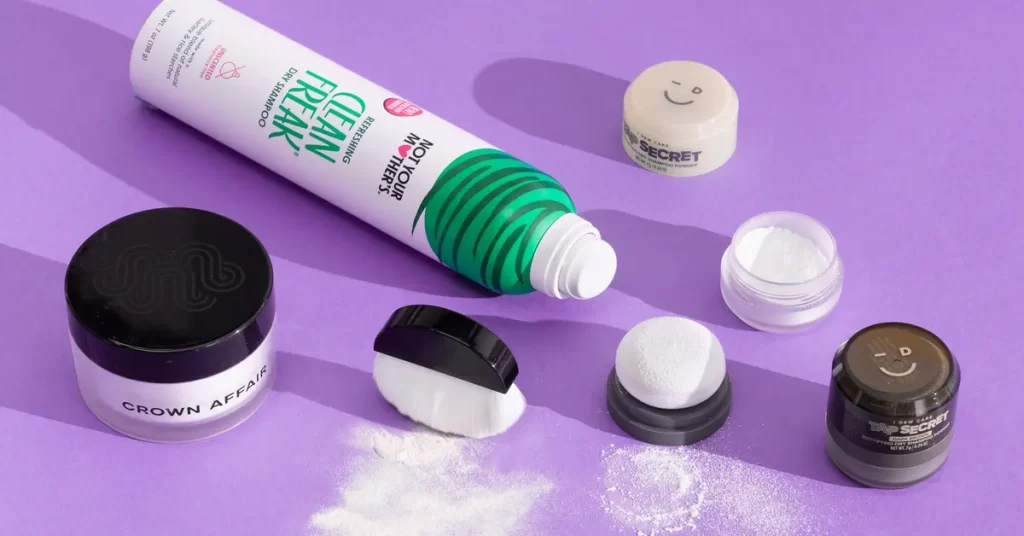
FAQs About Dry Shampoo:
Dermatologists advise against daily use. Every few days is safer for scalp balance.
No, it cannot. Traditional shampooing remains essential for removing buildup and keeping the scalp and hair healthy.
Dermatologist Tips for Scalp Health
How often to use dry shampoo on hair
Use dry shampoo no more than two to three times per week. This maintains freshness while avoiding buildup that can harm scalp health.
Ingredients dermatologists avoid in formulas.
Dermatologists recommend avoiding talc and heavy silicones. These can irritate the scalp and make dry shampoo work less effectively over time.
Alternatives for long-term scalp care
For better results, combine dry shampoo with:
- Gentle traditional shampooing.
- Hydrating products suited to your hair type.
- Occasional clarifying washes to remove residue.
Some dermatologists may also suggest switching products between seasons, such as using invisible dry shampoo in summer when sweating is higher.
Start Your Personalized Dermatology Plan
DermOnDemand provides tailored care for your hair and scalp needs. Book your private consultation today and let Dr. Hannah Kopelman and her team create a treatment plan designed for long-term scalp and hair health.


